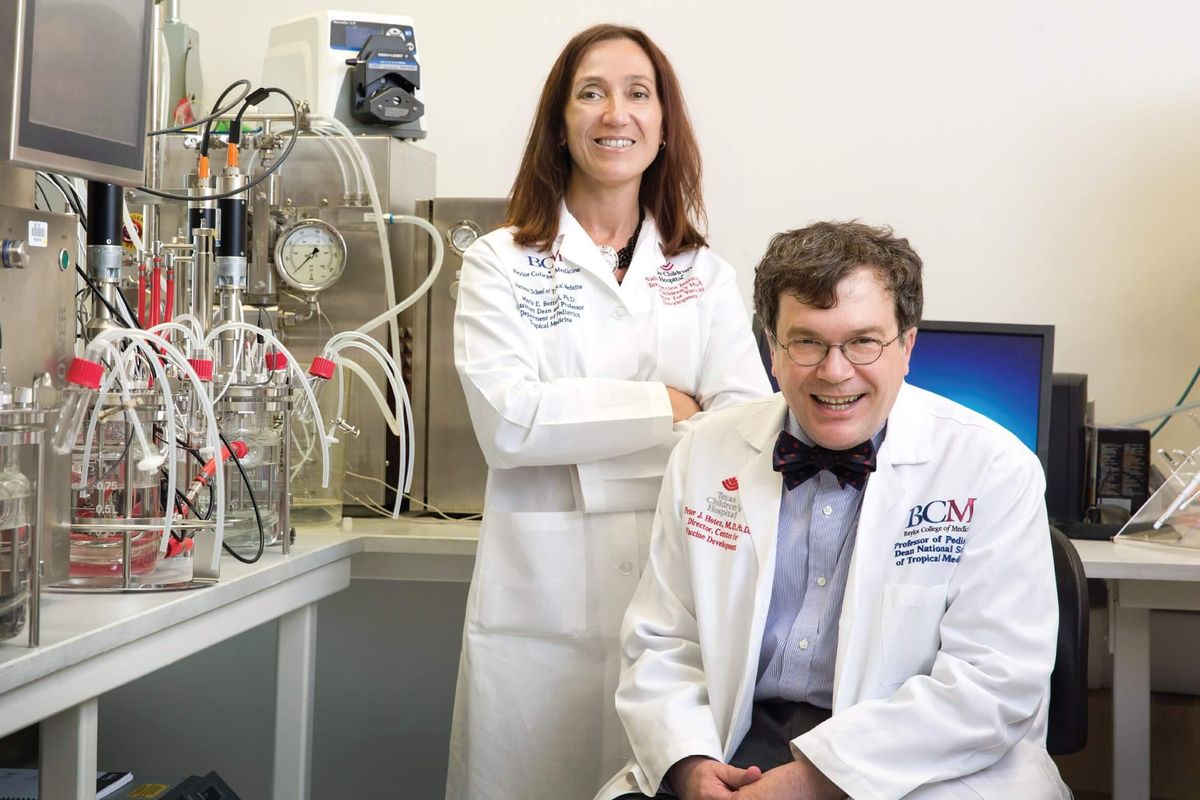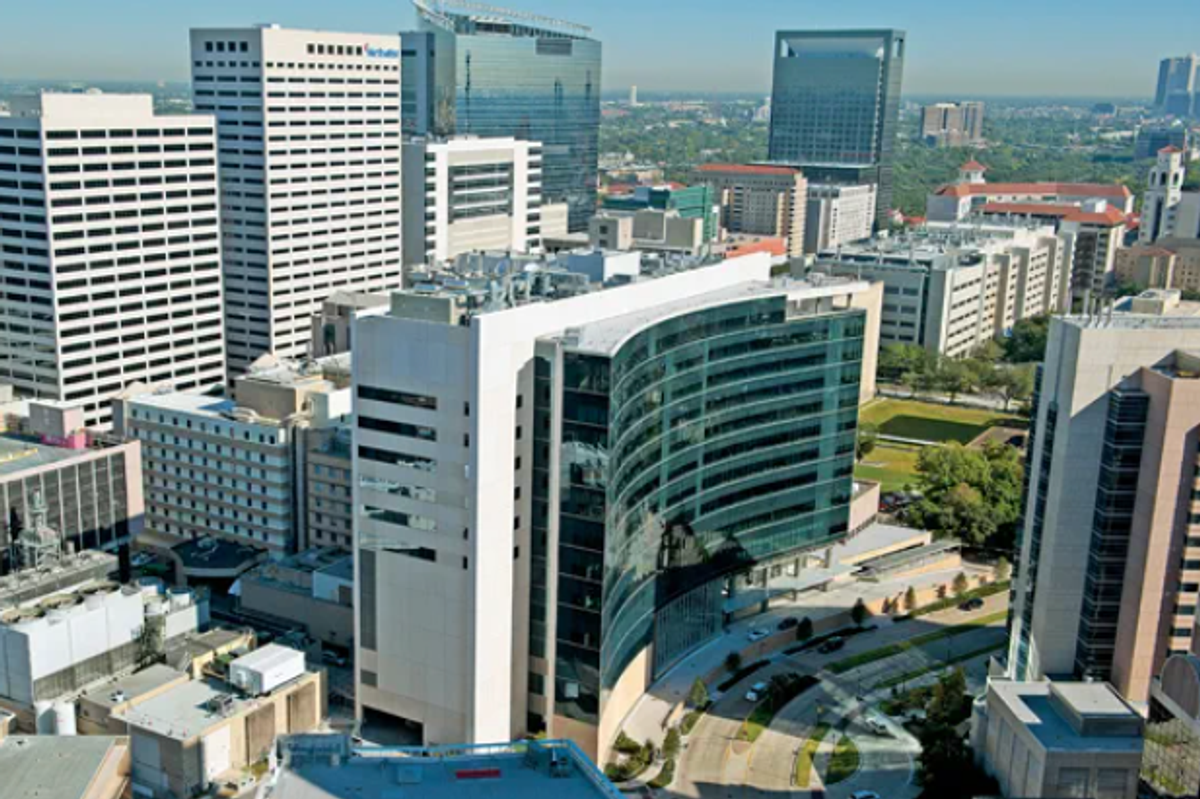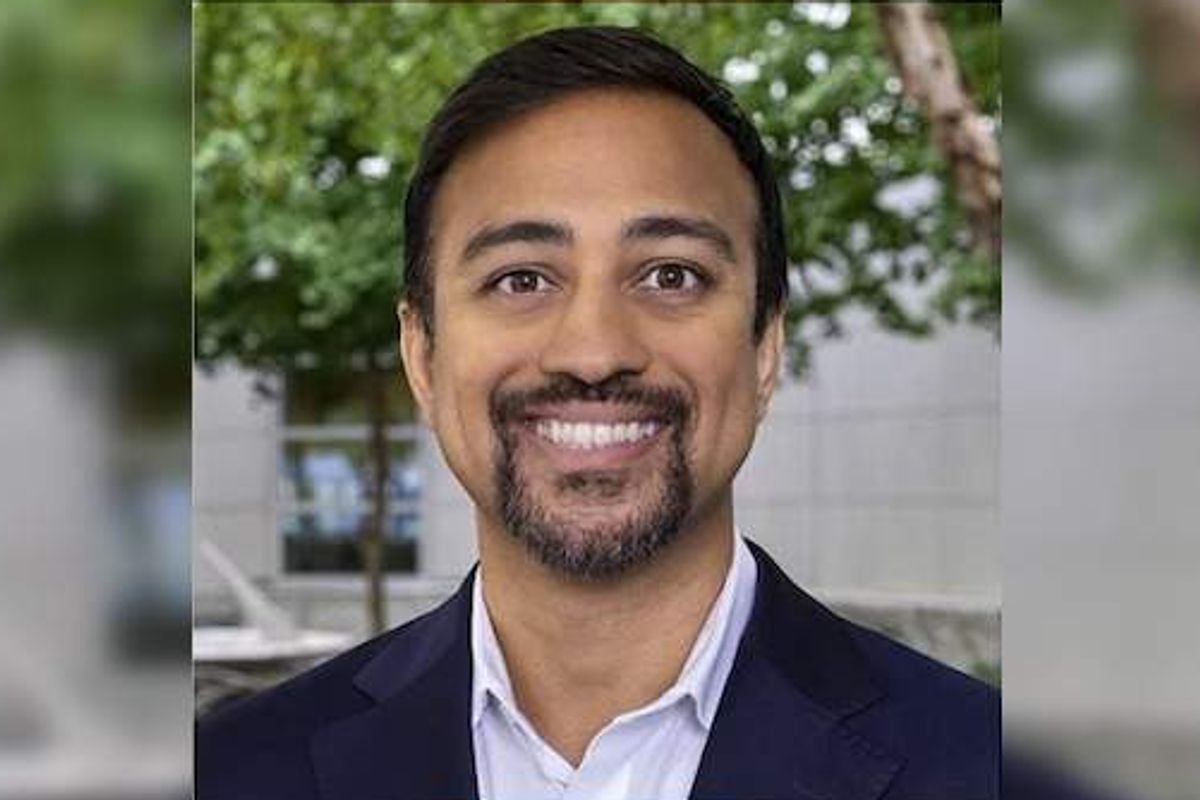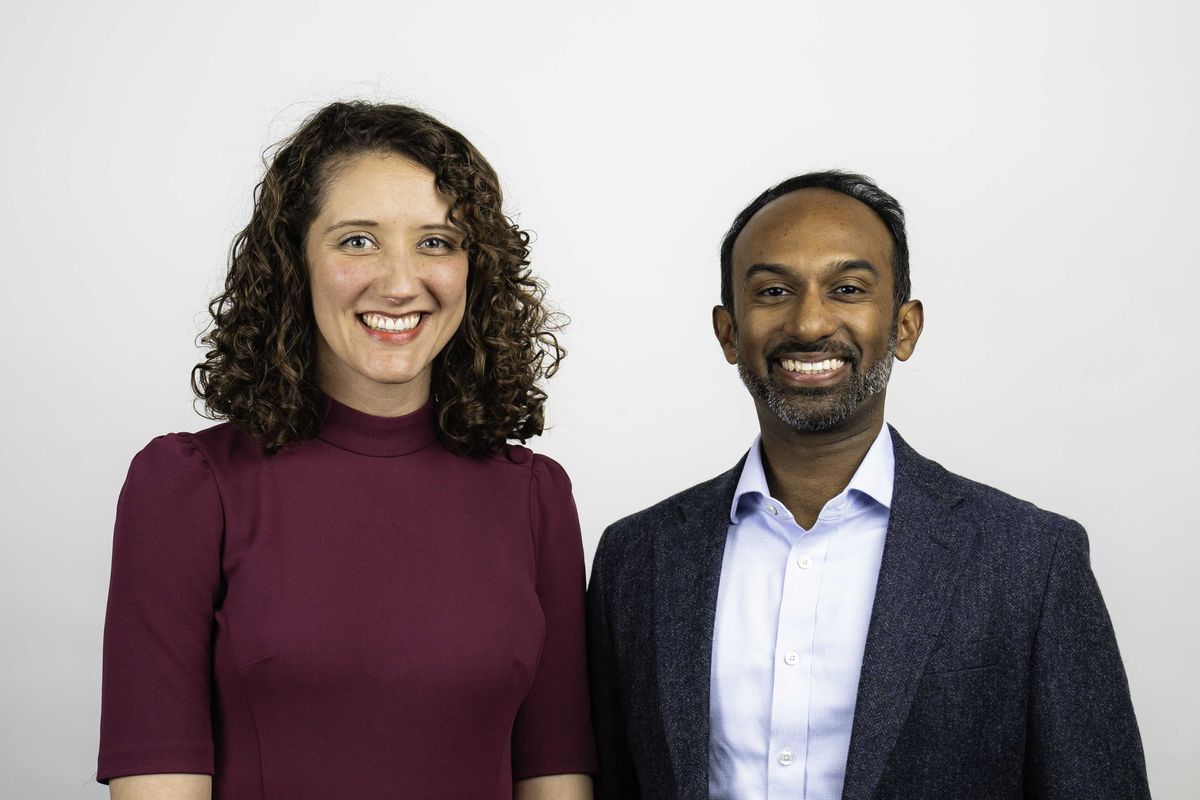Retired tech leader makes $16.25M donation to Houston health care organization
a meaningful gift
Earlier this year, an executive at Dell Technologies announced his retirement and commitment to philanthropy. Just a few months later, he and his wife made a whopping donation to the Houston health care organization that's responsible for curing their son.
Howard and Susan Elias donated $16.25 million to the University of Texas MD Anderson Cancer Center, the organization announced this week. The gift will go toward accelerating brain tumor and cancer neuroscience research. Howard Elias, who held C-level roles at EMC Corp. and Dell Technologies after EMC's acquisition in 2015, retired in April.
The Eliases have supported MD Anderson since Harrison, Howard and Susan's son, was diagnosed with brain cancer. In 2000, Harrison underwent a successful surgery by Dr. Frederick Lang.
“Dr. Lang and the incredible team at MD Anderson saved my son’s life more than two decades ago,” says Howard in a news release. “Now is the time for us to increase our commitment so we can play a significant role in advancing cancer neuroscience research specifically focused on brain tumors and the nervous system. We want other families to have the chance to see their son grow up, like our family has.”
The donation is the lead donation to concentrate cross-disciplinary research in cancer neuroscience, per the release.
“Our focus is on unraveling the fundamental scientific principles driving the cancer-neuroscience interaction,” Lang says in the release. “These advances will drive prevention, early detection and possibly even cures for neurological cancers; will lead to strategies to overcome the adverse effects of cancer treatments on the nervous system; and will address mental health needs in cancer patients, with the ultimate result of dramatically improving outcomes.”
Lang leads the Cancer Neuroscience Program alongside Dr. Vinay Puduvalli, M.D., chair of Neuro-oncology;and Jim Ray, Ph.D., director of the Neurodegeneration Consortium.
“A future free from cancer is unattainable unless we work together,” says Dr. Peter WT Pisters, president of MD Anderson. “Howard and Susan’s generosity and passion will play a crucial role as we work in this emerging space for generations to come. On behalf of our patients and their families, we extend our heartfelt gratitude.”




















